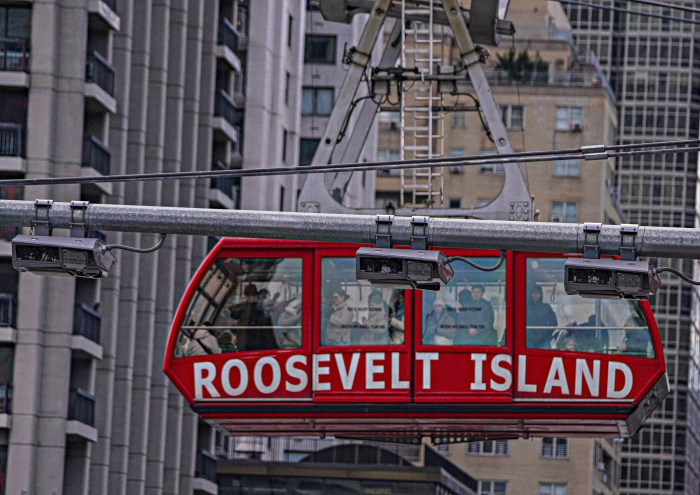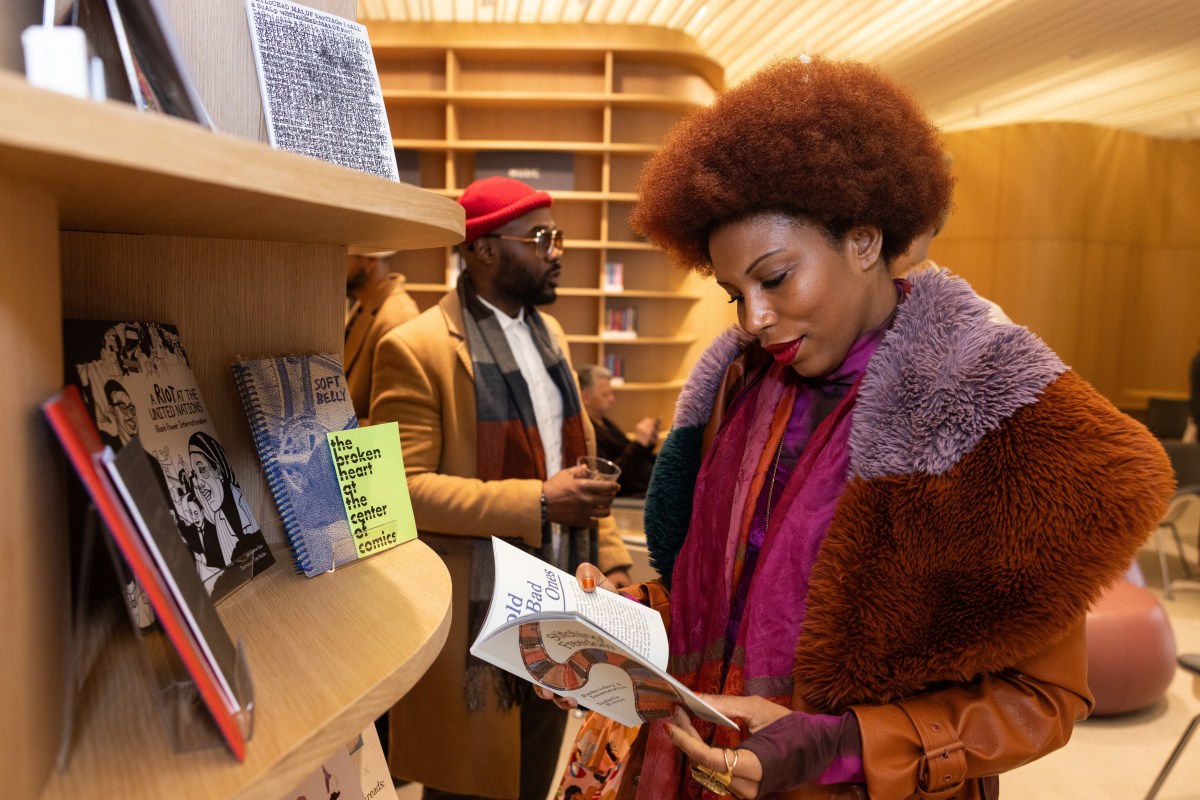
They might not be much to look at, but New York City’s corner litter baskets are reliable workhorses.
Battered by nature and neighborhood dogs and stuffed with the detritus of city life, they remain a constant fixture in our urban landscape.
The 1930s design, however, is overdue for an upgrade.
Designers from around the globe are now vying to create a new vision for the ubiquitous metal mesh cans in the BetterBin competition.

The contest, which kicked off in June and ends on Sept. 20, challenges designers to come up with a litter basket that’s both durable and accessible.
“The response has been astonishing,” city Sanitation Commissioner Kathryn Garcia told amNewYork. “There have been 4,000-plus page views for the contest.”
While Garcia said she is looking forward to seeing what the creative community comes up with, there are some basic parameters to the design.
The baskets, when empty, cannot weigh more than 32 pounds or be taller than 40 inches, and they must have a capacity of at least 40 gallons.
If you want to build a better litter bin, it makes sense to meet the people who empty them every day.
Designers got a chance to speak with sanitation workers during a recent open house event at the department’s Spring Street Garage.
Dozens of people braved a steamy summer night to check out different styles of trash cans rolled out by the Sanitation Department over the years, including “Lively Louie,” the talking basket who thanked passers-by after they deposited litter inside his “mouth.” (The kudos actually came from a worker standing nearby with a microphone).
Some visitors tried their hand at lifting the wire baskets and tilting them into “the hopper” — the back of a collection truck.
“We want to get something that is going to be usable,” said Garcia. “If they didn’t have an opportunity to talk to the person actually using the baskets, they would give us something that would never have a chance of being accepted in the street.”
New York’s Strongest weren’t shy about sharing their likes and dislikes of the current crop of trash cans on the street.
Sanitation worker Keith Prucha said the small holes in the mesh design are worth keeping.
“It helps a lot because when it’s raining it doesn’t fill up with water,” Prucha said. “A basket that weighs 50 pounds, when it’s raining, it can weigh upwards of 75 up to 100 pounds.”
Justin McNeil, a field supervisor, said visibility is important.
“You never really know what’s inside of these things,” he said.
Sanitation worker Timothy Hutchinson said having grip handles with a more rounded design would have been a help when he was lifting baskets in Queens.
“It would be a bit easier on your fingers,” said Hutchinson, who now works in customer service. “You are doing a couple of hundred a night and it would make a big difference.”
Harry Nespoli, president of Teamsters Local 831, which represents sanitation workers, said he was happy to see his members were part of the process.
“The grip is really important,” said Nespoli. “I’m curious to see what they come up with.”
Even the best ergonomic design, however, won’t eliminate the wear and tear on the bodies of the workers tasked with lifting the heavy bins day in and day out.
“The whole strain is on your shoulders,” said Nespoli. “They’ll tell you the proper way to pick it up is to bend you knees. But if you did that for every basket, you would never finish the route.”
The competition is a collaboration between the Sanitation Department, the Van Alen Institute, the Industrial Designers Society of America and the American Institute of Architects New York.
A panel of judges, comprised of Garcia, Nespoli and design experts, will select up to three finalists.
Each of the finalists will receive $40,000 to produce prototype litter baskets that will be tested out in a “public forum.”
The first place winner gets a chance to tweak the design so it can be mass produced
Brooklyn-based designer Isis Shiffer of Spitfire Industry appreciated the opportunity to speak with sanitation workers.
“I’m going to approach this with them in mind,” she said. “This sort of really useful, really utilitarian project doesn’t come around all that often. I’m excited to get started.”




































